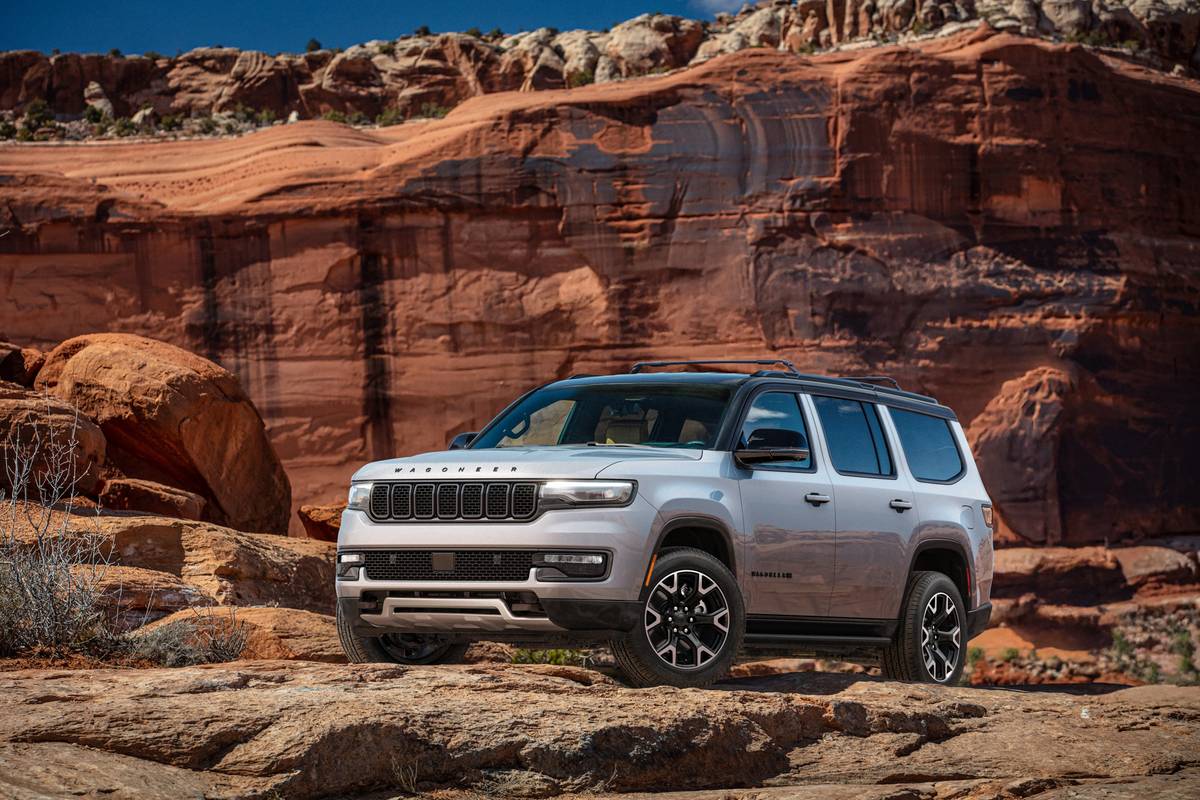2026 Hyundai Palisade Hybrid Quick Spin: This Is the One You Want

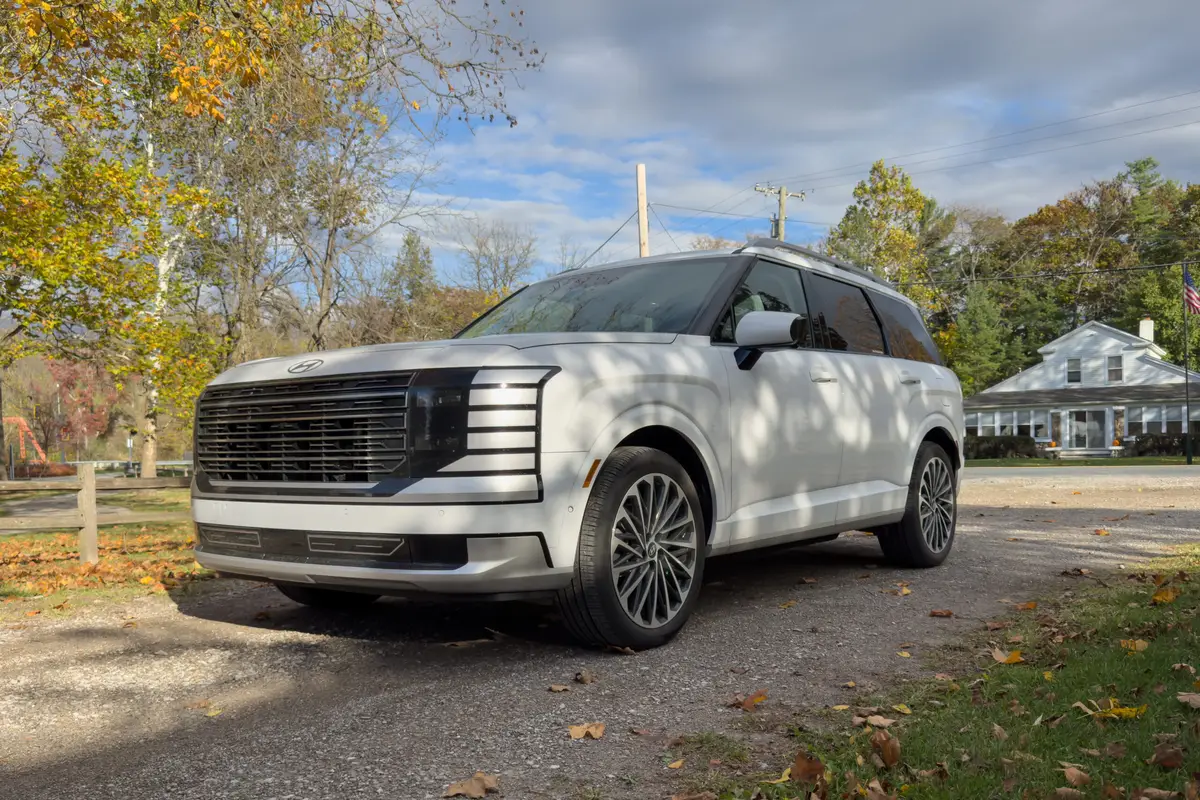
Key Points in This Review
- The new 2026 Hyundai Palisade Hybrid’s powertrain fixes our complaints with the standard V-6-powered model.
- The gas-electric hybrid system brings newfound responsiveness (and fuel efficiency) to the big SUV that the gas V-6 fails to deliver.
- The Palisade Hybrid is more expensive than a comparable V-6-powered Palisade, but it’s well worth the extra money.
The Hyundai Palisade has long been a favorite of the Cars.com Editorial team, winning multiple awards over the years and serving as a trusty long-term test vehicle (albeit one with a lingering odor), so when a new one comes along, we take note. The redesigned 2026 Palisade is bigger, more luxurious, and more packed full of technology and family-friendly creature comforts than ever before. It’s also more expensive than ever, too, and while the Palisade’s interior tech has been keeping pace with the latest state-of-the-art technology, we can’t really say the same for its gas powertrain.
Related: 2026 Hyundai Palisade Review: Growing Gains
Instead of doing what so many other automakers have done by stuffing a small turbocharged engine under the hood of its big SUV, Hyundai kept a naturally aspirated V-6 instead. It went from being a 3.8-liter engine to a 3.5-liter one with slightly less horsepower, however, and that didn’t help matters, either. We all find the standard V-6 powertrain in the 2026 Palisade to be poky, making the big Hyundai feel lazy and slow in its responses. That’s why we were eager to try the new-for-2026 Palisade Hybrid, in the hopes that maybe an electrified powertrain could rescue one of our favorite rigs from the bloat it seems to have acquired with this redesign.
Spoiler alert: It did.
Electrification FTW
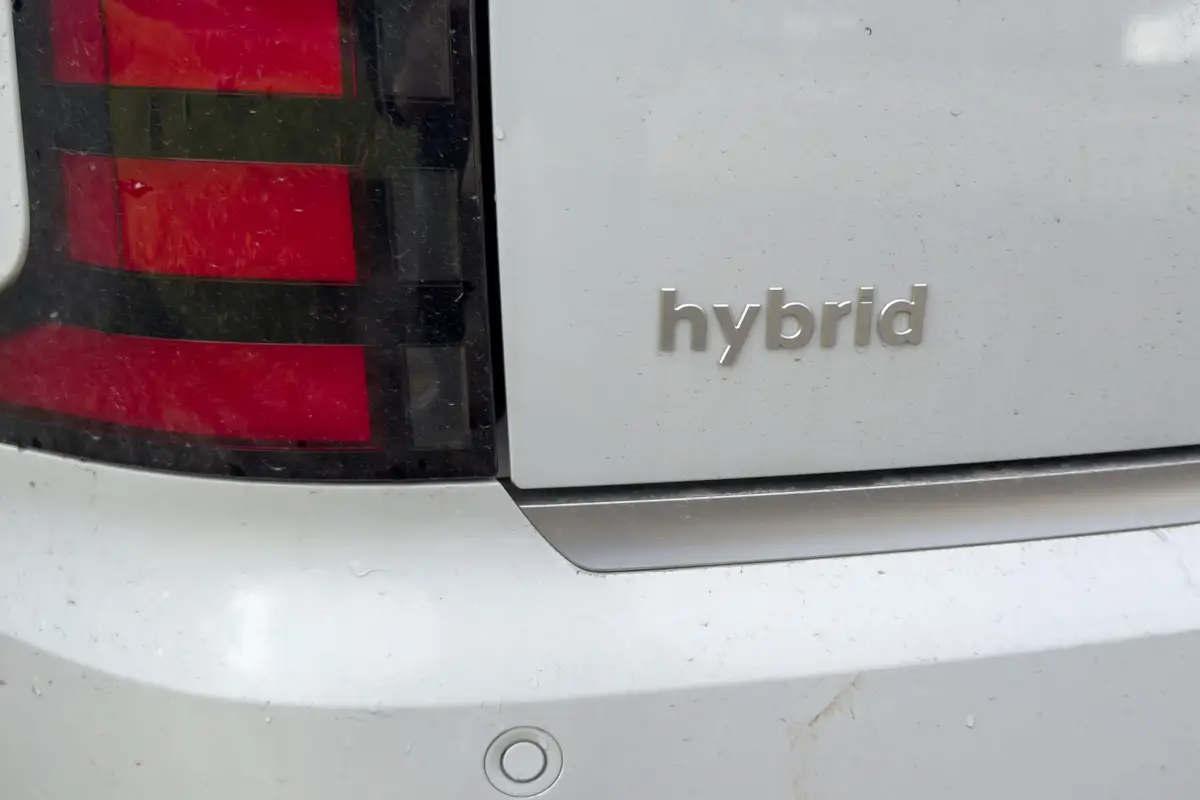
- Takeaway: What you get for the extra cost over a standard Palisade is estimated gas mileage that’s far higher, though it still trails the rival Toyota Grand Highlander.
Your standard Palisade comes with a 287-horsepower, 3.5-liter V-6 mated to an eight-speed automatic transmission that powers the front wheels or all four. But the new hybrid pairs a 258-hp, turbo 2.5-liter four-cylinder engine with a six-speed automatic transmission that has two integrated electric motors, delivering total system output of 329 hp and 339 pounds-feet of torque. Like the gas-only Palisade, it’s available with either front- or all-wheel drive, and it can tow up to 4,000 pounds (the V-6 Palisade can tow up to 5,000 pounds). While the standard V-6 can be had in all trim levels, including the XRT Pro off-road trim, the Palisade Hybrid is, as of this writing, only available in the SEL Premium, Limited and Calligraphy trims.
This means that the starting price for the least expensive hybrid model (a FWD SEL Premium) is $49,120 (all prices include a $1,600 destination fee), more than $8,000 above the starting price of a gas FWD SE ($41,035). It’s also $2,220 more expensive than a V-6 FWD SEL Premium. What you get for the extra money is estimated gas mileage that’s far higher than the standard Palisade’s: Whereas a FWD V-6 Palisade is EPA-rated at 19/25/21 mpg city/highway/combined, a FWD Palisade Hybrid rings in at 31/32/31 mpg, dropping to 29/30/29 mpg for the AWD model. Our very brief (and decidedly spirited) drives in the Palisade Hybrid didn’t return those lofty EPA numbers, so a longer test is definitely called for before we pass judgment on whether or not the SUV can achieve those ratings in the real world.
But even achieving a fuel-economy rating around 30 mpg combined in an SUV this big and comfy is noteworthy. Yet as good as those ratings are, they still fall behind the 2026 Toyota Grand Highlander Hybrid’s fuel-economy estimates: That big SUV is EPA-rated 37/34/36 mpg with FWD and 36/32/34 mpg with AWD. But its four-cylinder engine isn’t turbocharged unless you get the Hybrid Max AWD model, and then it gets just 26/27/27 mpg — less efficient than the equivalent Palisade Hybrid, but more powerful.
But is the Palisade Hybrid any good to drive? We haven’t been impressed with Hyundai’s prior hybrid efforts in some of its smaller models, finding them to be clunky in their operation and noisy. Is the big Palisade with its different hybrid system any better?
- ${price_badge()}
- ${ami_badge()}
- ${battery_badge()}${ev_report_link()}
- ${hot_car_badge()}
- ${award_badge()}
- ${cpo_badge()}
${price_badge_description}
${ami_badge_description}
The EV Battery Rating is based on this vehicle's current expected range relative to the vehicles expected range when new. ${battery_badge_text}
This vehicle is certified pre-owned, backed by a manufacturer warranty, and typically undergoes a rigorous multi-point inspection to ensure quality and reliability.
This vehicle is currently in high demand given its competitive price, desirable features, and overall condition, and may have a higher chance of selling quickly.
Shop the 2026 Hyundai PALISADE near you


The Hybrid Is the One to Get
- Takeaway: The Palisade Hybrid combines the turbo engine’s grunt with smooth torque from the electric motors to provide a punchier, more responsive driving experience.
Three of our editors had some time behind the wheel of the new Palisade Hybrid, and the verdict was unanimous: This is the powertrain to get despite its higher cost.
“The Palisade Hybrid’s powertrain solves multiple annoyances with the previous and current gasoline-only-powered Palisade, including lazy acceleration at low speeds and poor fuel economy,” said Managing Editor Joe Bruzek. “How great is it that you can fix both issues with one new hybrid system?” And Senior Road Test Editor Mike Hanley echoed that sentiment: “The Palisade’s new hybrid powertrain is quiet, powerful enough with better low-end torque than the standard gas V-6, and overall is a better match to the Palisade’s upscale character.”

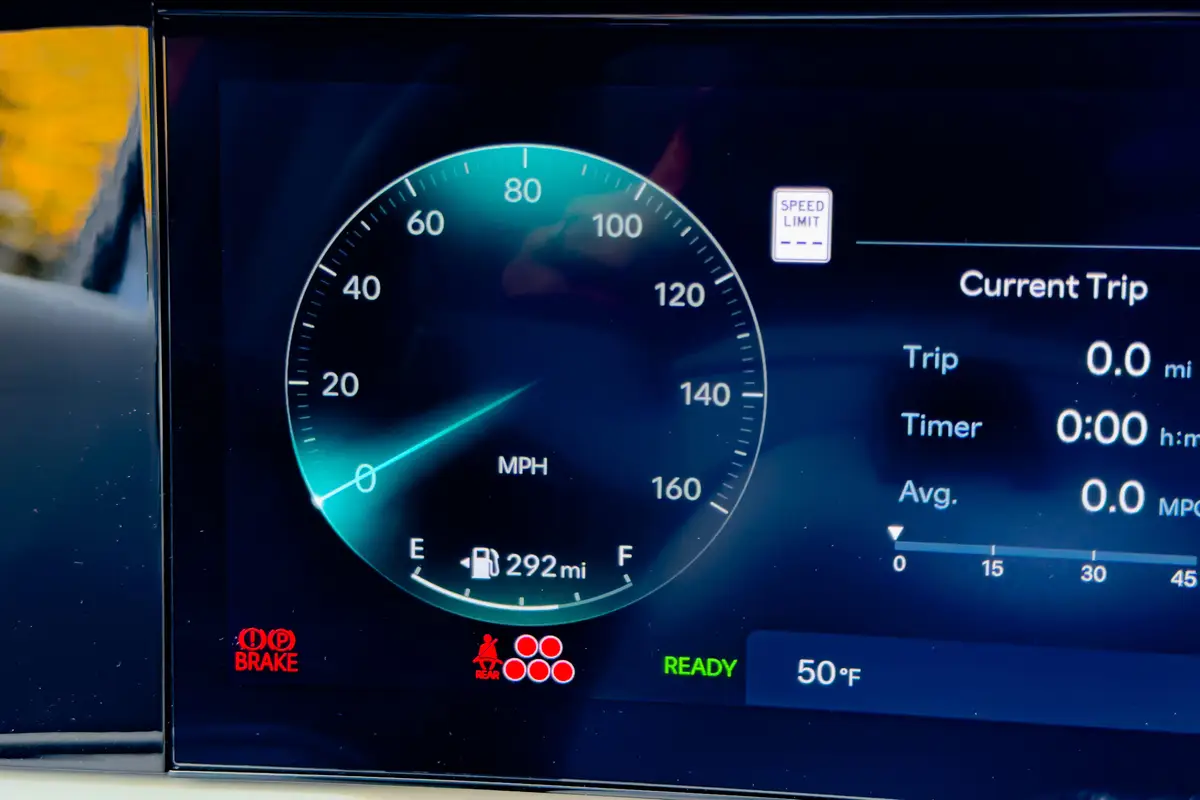
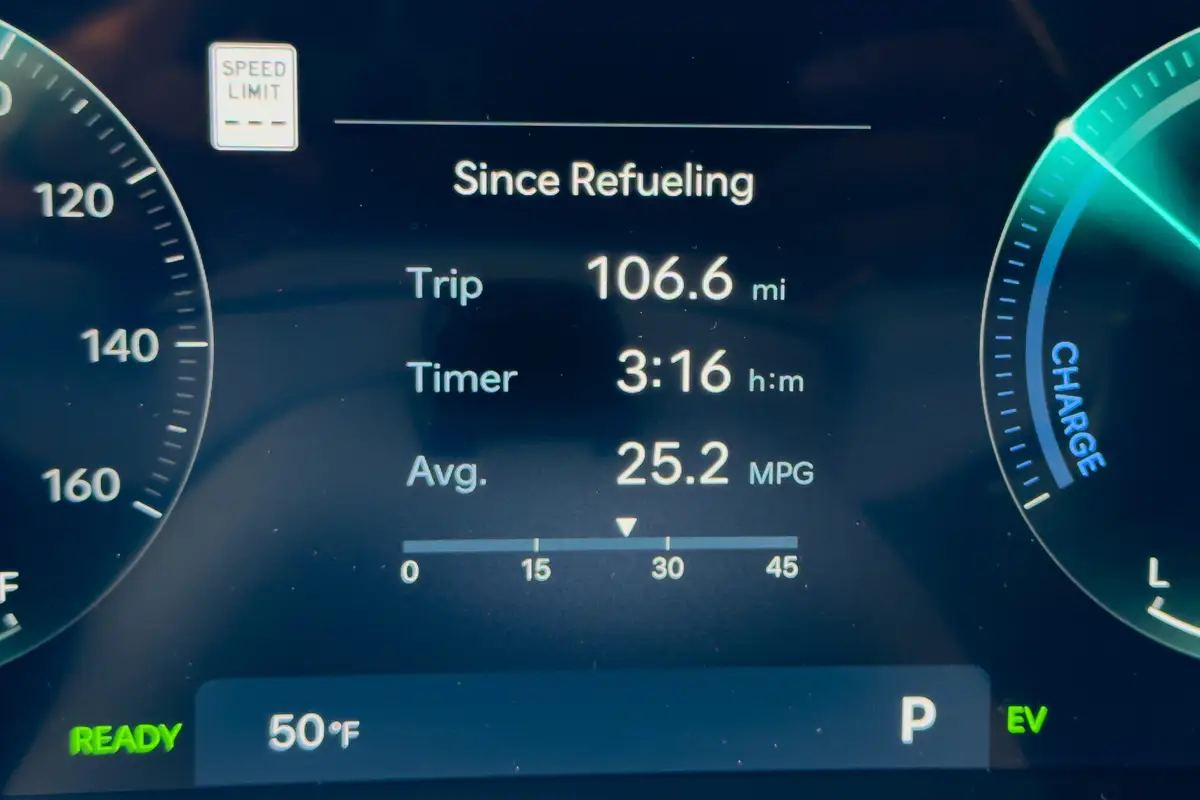

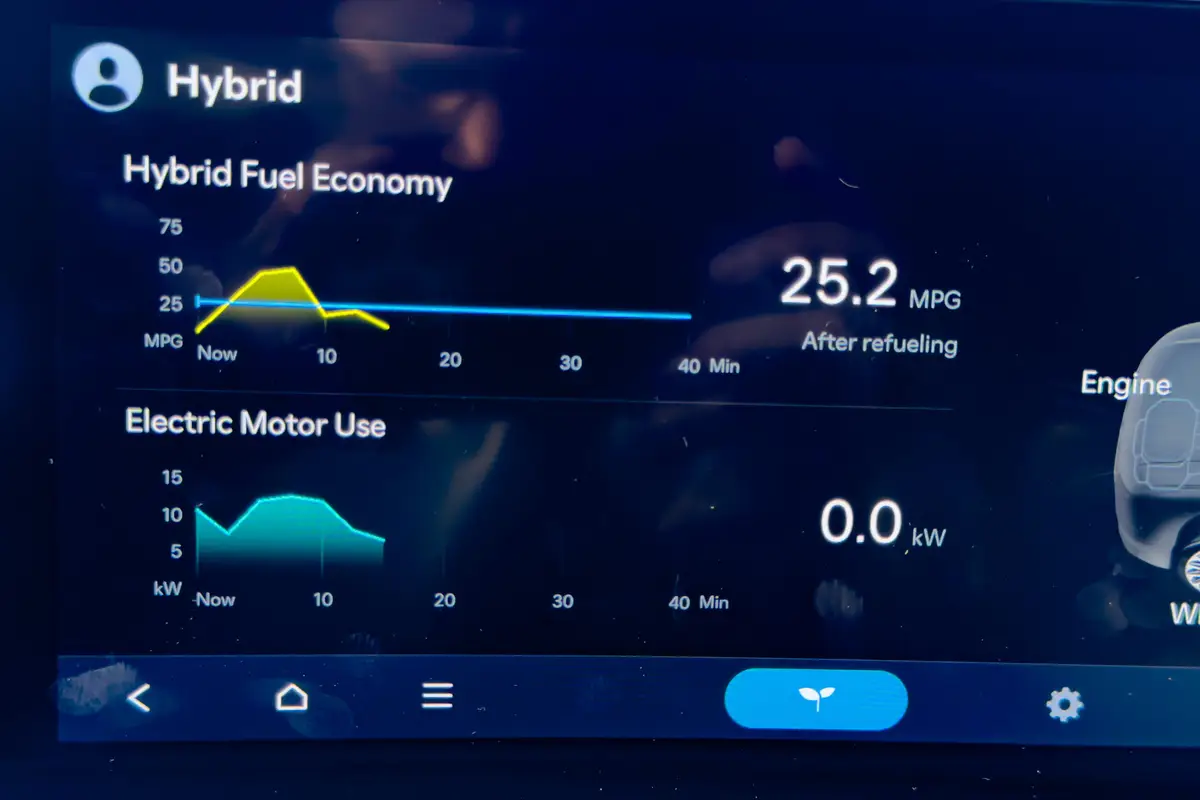









They’re absolutely correct. Unlike the V-6 Palisade’s powertrain, the Palisade Hybrid feels far more responsive, combining the turbo engine’s grunt with the smooth torque from the electric motors to provide a punchier, more responsive driving experience that makes the Palisade feel lighter and more eager to run. Put your foot down in the standard Palisade and not much happens, with a slow kickdown from the transmission followed by what sounds like a very hardworking V-6 trying to deliver some movement. Do it in the hybrid and, while you’ll get some elevated engine noise as the four-cylinder works hard, it’s not a high-rpm drone like you’d get in a lot of other hybrids that employ a continuously variable automatic transmission. The Palisade Hybrid uses a six-speed automatic, and while it has two fewer gears than the V-6’s eight-speed auto, it makes better use of them.
The Palisade Hybrid also likes to keep itself in electric mode as much as possible, killing the engine at cruising speeds or when decelerating, and kicking it back on again when needed. Other Hyundai hybrids have been balky in transitions between electric and gasoline operation, but not this new Palisade Hybrid. It’s smooth, seamless and nearly Toyota-like in its refinement, a welcome attribute that reinforces our opinion that the hybrid powertrain is the one to get.
“This is, without a doubt, my preferred powertrain in the Palisade,” Bruzek said.
More Hyundai News From Cars.com:
- How Much Is the Redesigned 2026 Hyundai Palisade?
- 2026 Hyundai Palisade Up Close: Hybrid, Off-Road Versions for the Boxy SUV
- 2026 Hyundai Palisade Goes Greener, Grittier With New Hybrid, Off-Road Models
- Here’s What’s New at Hyundai for 2026
- Research the Hyundai Palisade
Even More Upscale Than Before
- Takeaway: Even lower trims like the V-6-powered XRT Pro off-road version come with an interior that shames competitors like the Chevrolet Traverse or Volkswagen Atlas.
The rest of the Palisade is much as we remember it despite this one being completely redone inside. It handles like a big SUV, with fairly numb steering feel and feedback, and has strong brakes and a smooth ride despite the Calligraphy trim’s 21-inch wheels and low-profile tires. It’s an upscale driving experience that had been let down by the Palisade’s anemic-feeling V-6, but which has been reinvigorated by the performance feel of the hybrid system.
Inside, it feels incredibly luxurious in top Calligraphy trim, but even lower trims like the V-6-powered XRT Pro off-road version come with an interior that shames competitors like the Chevrolet Traverse or Volkswagen Atlas. Materials quality is second to none, fit and finish is impeccable, and despite continual year-over-year price creep that’s made the Palisade less of a screaming deal than it once was, it’s still one of the few three-row family SUVs that doesn’t make you question why it costs what it does. The Calligraphy is priced similarly to competitors like the Buick Enclave Avenir and Lexus TX, but it feels better than either of them inside and could even be favorably compared to luxury SUVs like the Mercedes-Benz GLS or BMW X7, which cost considerably more.
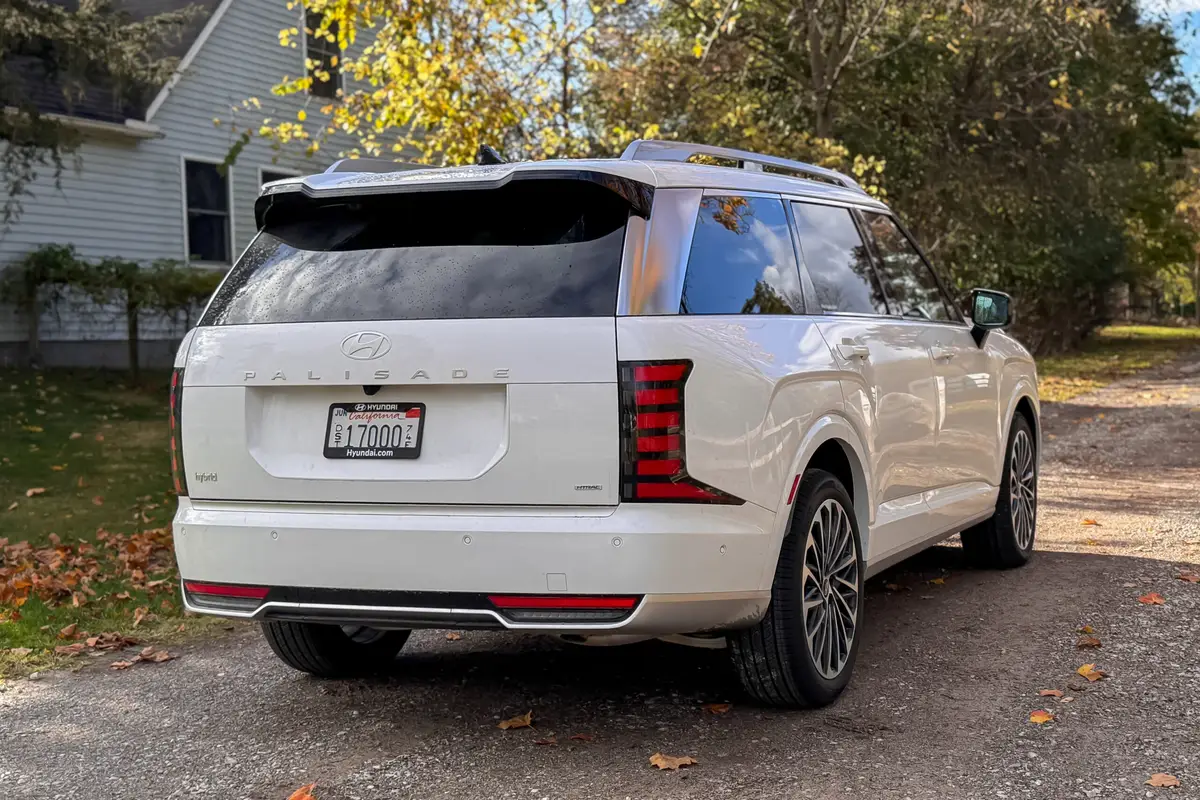

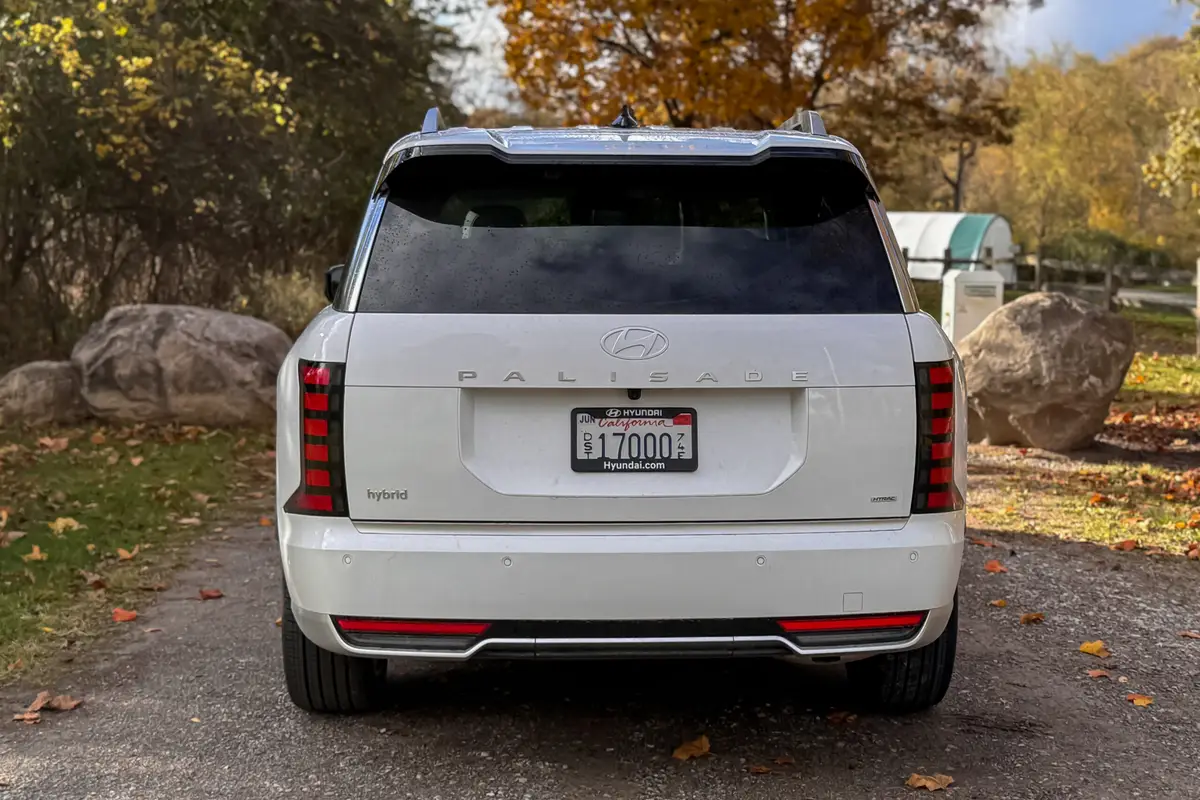

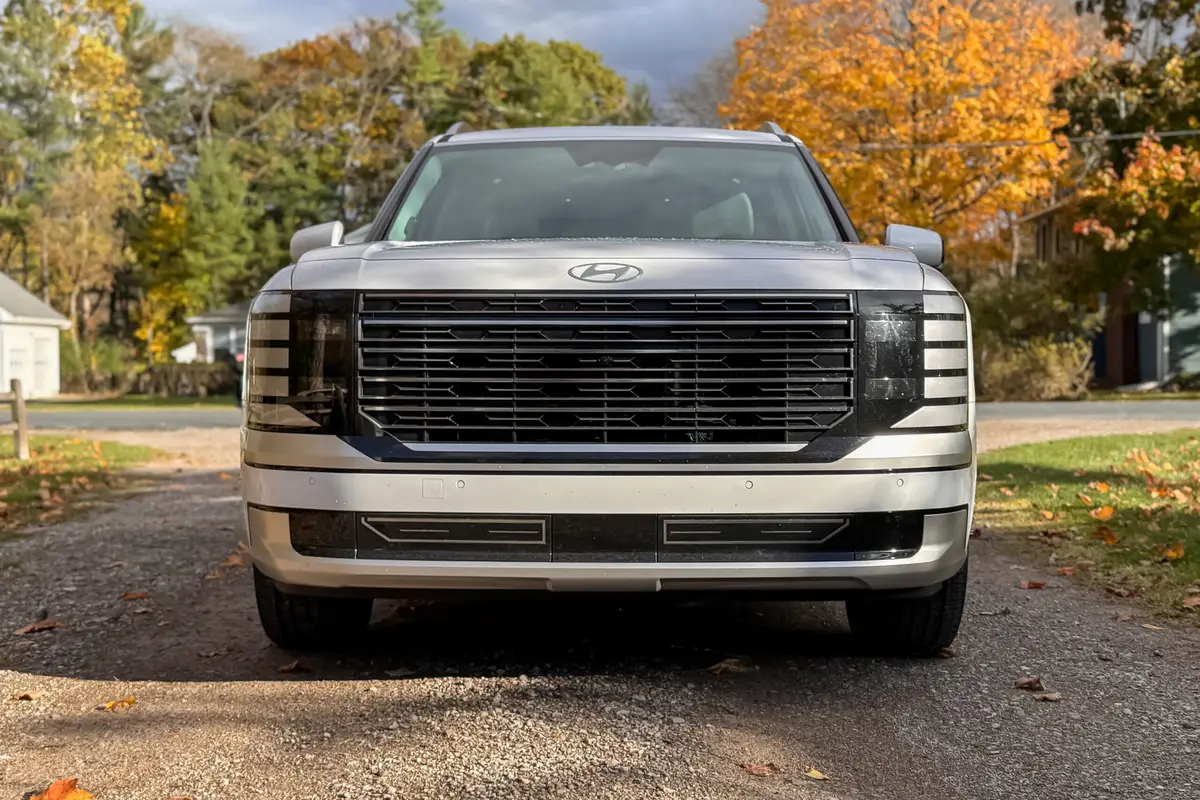





Our Expert Take
- Takeaway: The SUV’s new hybrid powertrain makes us fans of the Palisade once again, and it becomes our recommendation for anyone considering a new ‘26 model.
The Palisade is just as good as it’s ever been, and despite the new one being more of a tank and less of a dancer than the prior generation (that role has been filled by Hyundai’s smaller, more nimble, more reasonably priced Santa Fe), it’s still an outstanding choice. With the Santa Fe featuring three rows of seats and populating the less expensive end of Hyundai’s family SUV lineup, the automaker is exploring the more expensive (and more lucrative) high-end side of the family SUV market with the 2026 Palisade. The SUV’s new hybrid powertrain makes us fans of the Palisade once again, and it becomes our recommendation for anyone considering a new ‘26 model.
Related Video:
Cars.com’s Editorial department is your source for automotive news and reviews. In line with Cars.com’s long-standing ethics policy, editors and reviewers don’t accept gifts or free trips from automakers. The Editorial department is independent of Cars.com’s advertising, sales and sponsored content departments.

Detroit Bureau Chief Aaron Bragman has had over 25 years of experience in the auto industry as a journalist, analyst, purchasing agent and program manager. Bragman grew up around his father’s classic Triumph sports cars (which were all sold and gone when he turned 16, much to his frustration) and comes from a Detroit family where cars put food on tables as much as smiles on faces. Today, he’s a member of the Automotive Press Association and the Midwest Automotive Media Association. His pronouns are he/him, but his adjectives are fat/sassy.
Latest news
